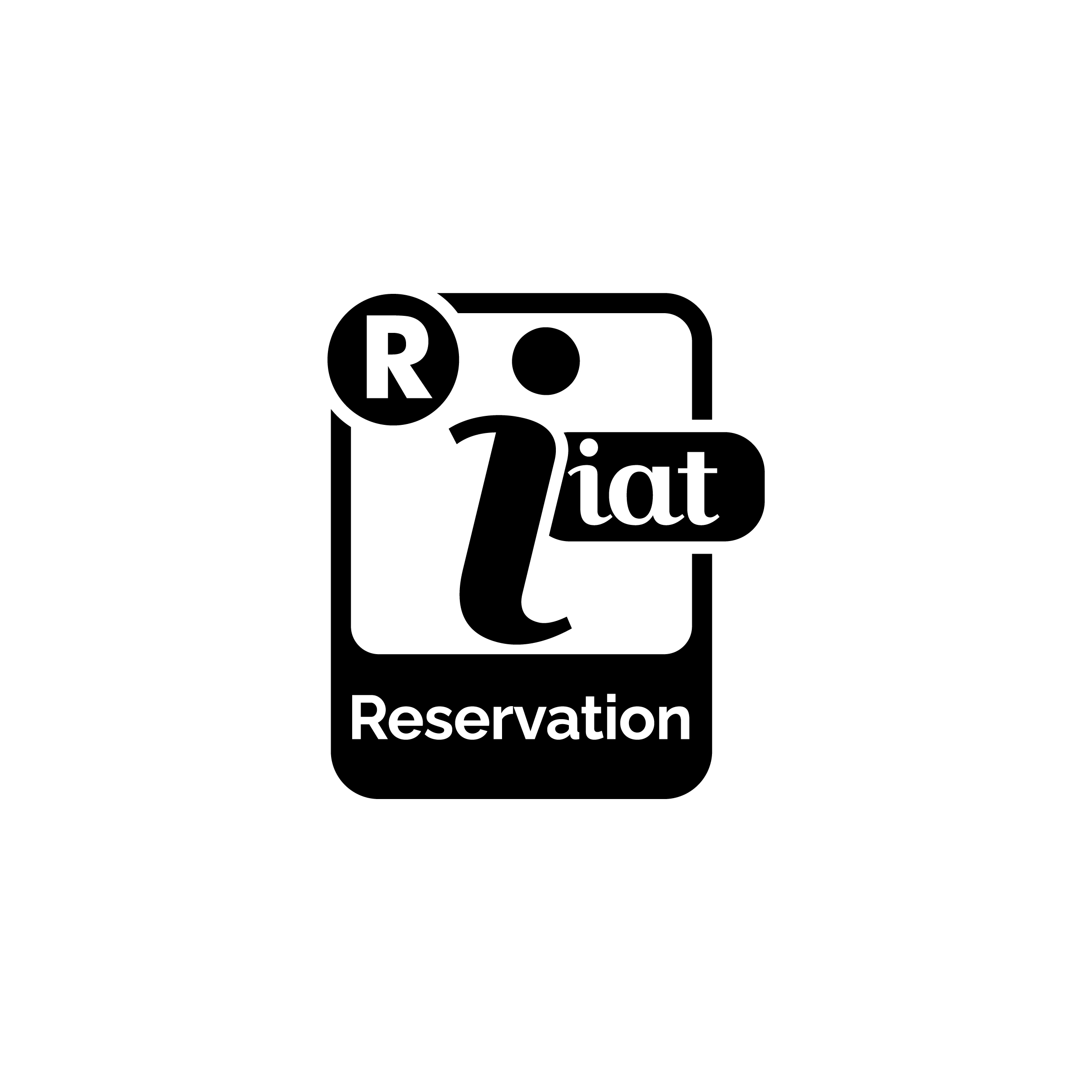Romolo Valli Municipal Theatre
Address and contacts
Piazza Martiri del 7 Luglio - 42121 Reggio nell'Emilia 0039 0522 458811
![]() uffstampa@iteatri.re.it
uffstampa@iteatri.re.it Fondazione I Teatri
Photo Archive
GiraReggio
Opening times
Ticket office of the Theatre
0039 0522 458854
![]() biglietteria@iteatri.re.it
biglietteria@iteatri.re.it
Tuesday, Wednesday, Friday and Saturday
10.00 a.m - 12.30 p.m. / 5.00 - 7.00 p.m.
Thursday
10.00 a.m - 12.30 p.m.
Telephone reservations
Monday from 9.00 a.m. to 1.00 p.m.
Evening and holiday opening (in the Theatres place of the performance)
An our before the beginning of the performance
Archive 0039 0522 458938
![]() arch-bib@iteatri.re.it
arch-bib@iteatri.re.it
From Monday to Saturday 10.00 a.m. - 1.00 p.m.
Monday and Thursday also 02:30 p.m. - 05:30 p.m.
For visits, send an e-mail to visiteguidate@iteatri.re.it or call 0039 0522 458998 from Monday to Friday from 9.00 to 12:00 a.m.
How to get there
Reggio nell'Emilia - Town centre
Located in the town centre, it's easy to reach on foot from the Zucchi car park, following Viale Allegri and crossing Piazza della Vittoria.
From the Railway Station, it can be reached by bus towards the town centre.
Historical notes
The complex was built between 1852 and 1857 according to a design by Modena architect Cesare Costa (1801-1876).The theatre has been repeatedly restored without changes in its original structure. In 1980 it was dedicated to Romolo Valli, a famous actor of Reggio Emilia.
The main façade, facing south, stands on three granite steps. In the lower part it is supported by 12 columns forming a portico: this is linked on two sides with two minor porticoes supporting wide terraces. In the upper part, the façade is divided by 14 Ionic pillars, from which 13 windows open up: the coat of arms of the municipality of Reggio Emilia is placed above the central window. At the top of the façade, 14 statues represent (from left to right), tragedy, vice, glory, drama, virtue, truth, education, pleasure, the fable, the joke, dance, fancy, comedy and sound. Three statues representing silence, curiosity and remorse have been placed on the left at the same height: on the right are three more statues depicting painting, modesty and moderation. Another eight statues are situated on the terraces: on the left-hand terrace, Medea, Edipo, Achilles, Attilio Regolo; on the right, the Concionatrice (female public speaker), the Self-Punisher, Prometeo, and Dedalo. The allegoric concept and the arrangement of the statues were created by Bernardino Catellani, while the execution was assigned to five sculptors from Reggio, Modena and Parma: Ilario Bedotti, Giovanni Chierici, Antonio Ilarioli, Prudenzio Piccioli and Attilio Rabaglia. Under the colonnade, between the door arches, are mounted marble medallions of Menandro Sofocle, Euripide, and Aristofane in bas-relief, by Paolo Aleotti (1813-1886). The decorative display in the theatre depicts the glories of Greek theatre in the peristyle, of Latin theatre in the entrance hall, Italian theatre in the rest of the rooms, and was assigned to Girolamo Magnani. The external door gives access to the entrance hall, rectangular in shape, which contains busts of Cesare Costa and Achille Peri and medallions depicting Plautus and Terenzio. You then move on to the atrium, which is octagonal in shape, with a ceiling decorated with putti, bacchanti and friezes executed by Giuseppe Ugolini, Girolamo Magnani and Pasquale Zambibi. The waiting rooms, decorated with prestigious sculptures and friezes, have doors copied from the theatre of the Duchess of Parma. A stairway leaves from the right of the atrium, leading to the foyer rooms, the most important of which are the octagonal room, the mirror room and the red room. These rooms are often used for chamber concerts, exhibitions and conferences. The atrium also gives access to the theatre hall, designed in the shape of a horse-shoe and with a capacity of 1100 seats, among stalls, four box tiers and the gallery. The boxes are embellished with gilt decorations; the vault, decorated and painted by the Reggio artist Domenico Pellizzi in 1856, is subdivided into four large squares alternated with four small squares; the large squares show scenes taken from Melodrama, Comedy, Choreography and Tragedy; the small squares show allegories of theatrical arts. At the centre of the vault there still hangs the original chandelier, 3.75 m high and 3.05 m in diameter. Made of copper, stucco, engraved wood and gilt, is completely adorned with crystal glass. The curtain was decorated in 1857 by Alfonso Chierici and depicts the Italic "Genius" who invited the "Fine Arts ..... to be inspired by the glories of the nation's history". No less important is the "drop scene", or "easy" curtain, painted by Giovanni Fontanesi again in 1857, depicting a rural landscape with shepherds dancing around the statue of Apollo. In 1991, a third curtain was made, painted by the artist Omar Galliani. The vast upper stage area is furnished with numerous facilities and is actually larger in volume than the theatre hall; the rear walls can exceptionally be brought down to show the backdrop of the "Piazza d'armi", behind; the stage floor is wooden; the theatre machinery controlling scenery operations and special effects is still operating throughout the whole of the stage area.





